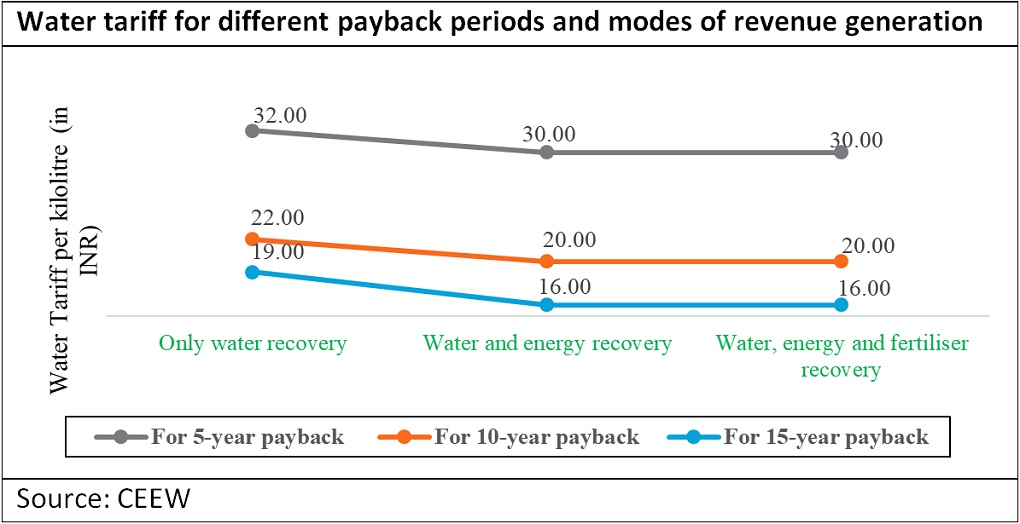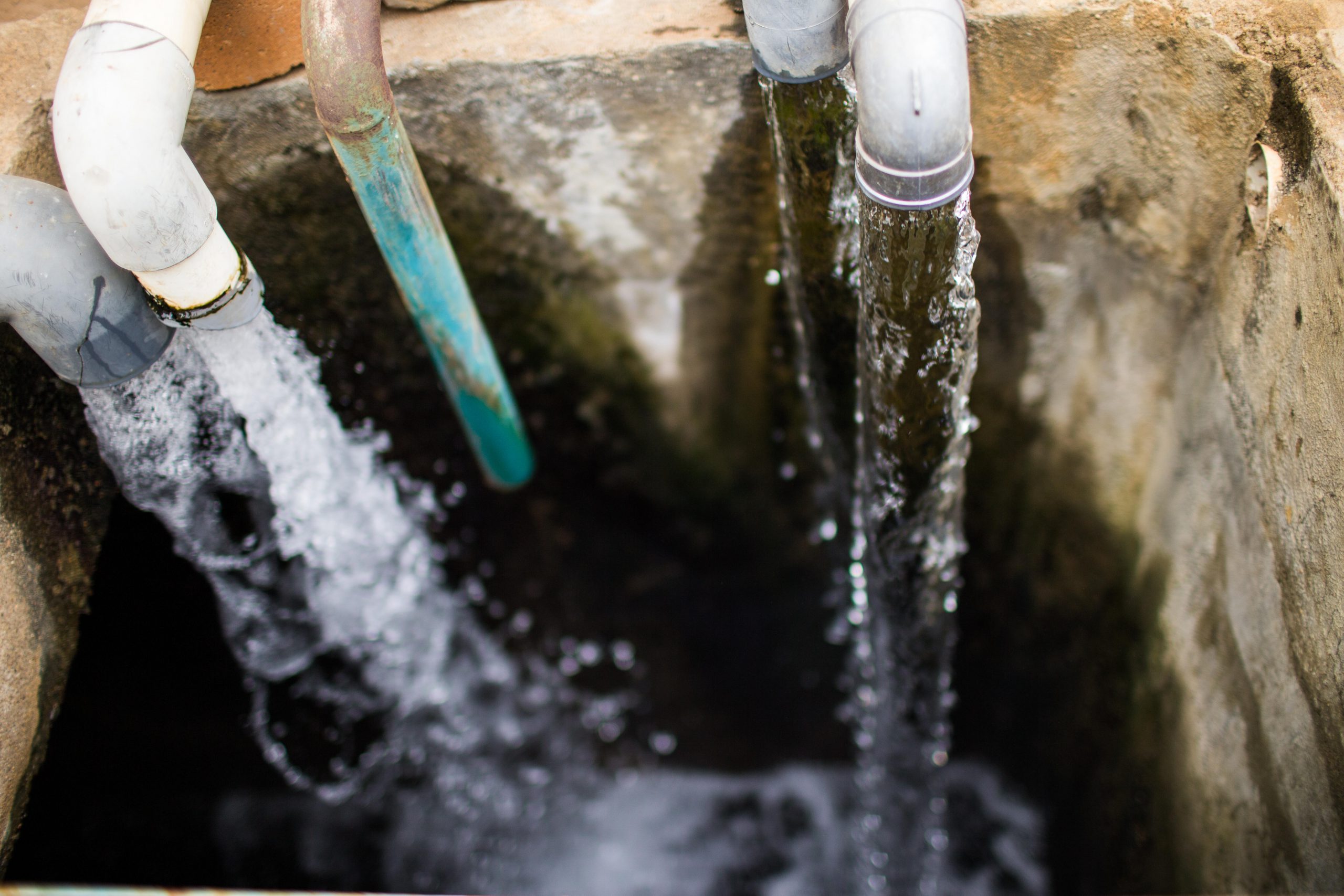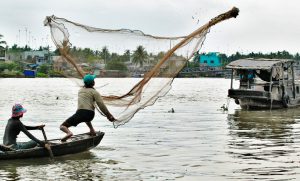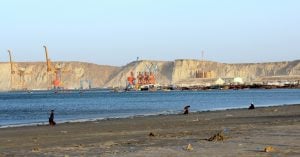India’s population is deeply vulnerable to changes in water supply and wastewater problems. Climate change related effects on the monsoon are having, and will continue to have, huge implications on agriculture, which makes India even more vulnerable as more than 60% of country’s population relying on agriculture for livelihood and nearly two-thirds of the cultivated land is rain-fed. At the same time the government has launched ambitious programs such as the ‘Smart City Mission’ and the ‘Make in India’ campaign which need to be reviewed from water and environment lens.
Especially in urban areas water resources are under significant pressure due to high water demand and complex consumption patterns within a small but highly-densely populated areas. Currently, we are meeting the demands of most of the cities by transporting water from hundreds of kilometres. This is both inefficient and energy intensive. A local level solution is thus essential for sustainable water management. Practices such as reuse of treated wastewater would be of immense significance in achieving water security.
Management of India’s water waste
Almost 80% of water supply flows back into the ecosystem as wastewater. This can be a critical environmental and health hazard if not treated properly but its proper management could help the water managers in meeting the city’s water demand. Currently, India has the capacity to treat approximately 37% of its wastewater, or 22,963 million litres per day (MLD), against a daily sewage generation of approximately 61,754 MLD according to the 2015 report of the Central Pollution Control Board. Moreover, most sewage treatment plants do not function at maximum capacity and do not conform to the standards prescribed.
In cities, industries and commercial sectors pay higher tariffs for water but they don’t have supply assurance. As reported by Fernandes & Krishna in their report, “Water shortages threaten coal company revenues”, nearly 7 billion units (kWh) of coal power, with an estimated potential revenue of INR 24 billion were lost in the first five months of 2016 due to lack of water for cooling in thermal power plants. In addition to water supply augmentation, wastewater treatment offers new economic opportunities for energy and fertilizer recovery.
A paradigm shift from “use and throw – linear” to a “use, treat, and reuse – circular” approach is needed to manage wastewater. That said, investment in wastewater treatment has associated risks as well. It is therefore important to understand the underlying social, political, technical, and financial factors that will drive, facilitate, and sustain wastewater management interventions in India.
How to improve wastewater management in India
The Council on Energy, Environment & Water (CEEW) in association with the 2030 Water Resources Group completed an in-depth study on finding viable pathways for improved wastewater management in India. This study highlights a framework of essential factors for decision-making. This study involved critical literature review, comparative analysis of wastewater treatment technologies, in-depth study of 17 global case studies and expert interviews with wastewater treatment plant operators, academicians/researchers, urban planners/architects and technical and financial experts.
Eight factors were identified as the most critical factors for making an informed decision:
- Drivers for initiating wastewater management,
- Policies and regulations,
- Access to technology and finance,
- Scale of intervention,
- Management strategy and institutional framework,
- Public perception,
- Phases of deployment, and
- A framework for participatory approach.
These factors need to be seen together; focusing on just one factor, which has often been the case in interventions, could lead to failure, or at least underperformance. For example, water scarcity is the chief factor for initiating wastewater reuse initiatives across the globe, however it needs the support of well-framed policies and regulations as well as access to technology and finance to sustain the initiatives.
A new tool to show the economics
An MS Excel based techno-economic tool which calculates the feasibility of water, energy and fertilizer recovery from wastewater was also developed. The tool helps in determining the potential tariff, based on choice of technology and level of treatment required, for the recycled wastewater at which it can be sold to recover treatment and supply costs. It also has the capability to conduct sensitivity analysis in order to understand how various technology options are sensitive for various parameters, such as land costs and power tariffs, in determining the economics of the intervention.
The graph below outlines the case of a 50 MLD sewage treatment plant with Activated Sludge Process (most popular treatment method in India) with tertiary treatment.

The study establishes that direct benefits through recovered resources from wastewater could make an economically attractive case for practitioners to adopt circular economy pathways to manage wastewater. There are numerous indirect health and environmental benefits, which makes the case even stronger. This study could potentially guide utilities towards making treated wastewater reuse a viable option.



![The Indus at the site of the proposed Diamer-Basha dam [image by: Water and Power Development Authority, Pakistan]](https://dialogue.earth/content/uploads/2017/05/Indus_Diamer_Basha_Dam_Site_Image_WAPDA-300x169.jpg)




